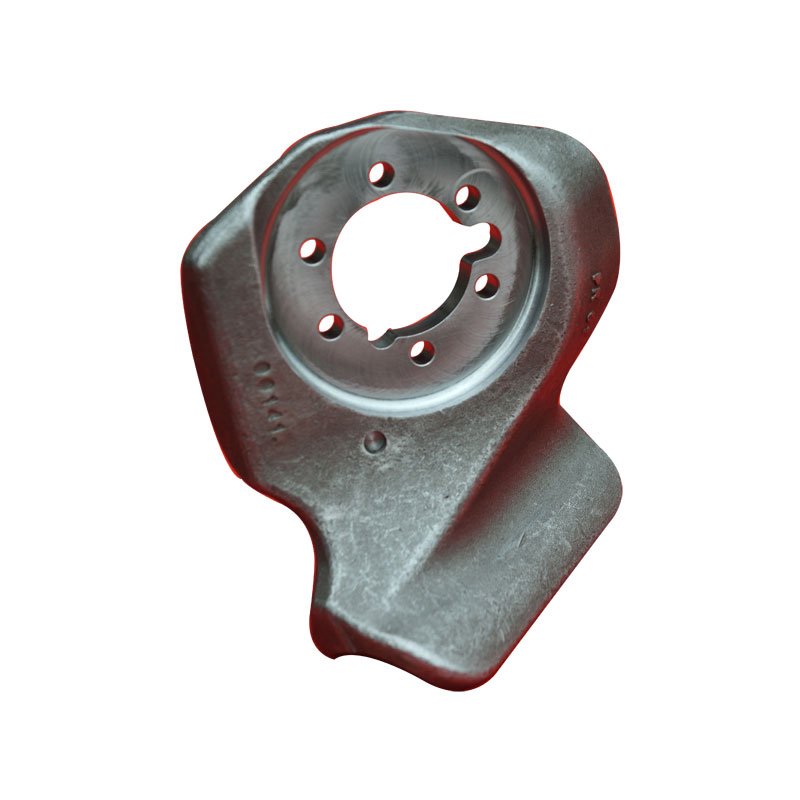Heat treatment of large forgings
2022-08-07
Due to the large section size and complex production process of large forgings, heat treatment of large forgings should take into account the following characteristics: 1) the structure and properties of forgings are very uneven, 2) the coarse and uneven grain size of forgings. 3) There is a large residual stress inside the forgings, 4) some forgings are easy to produce white spot defects.
Therefore, in addition to eliminating stress and reducing hardness, the main purpose of heat treatment of large forgings is firstly to prevent white spots in forgings, and secondly to improve the uniformity of chemical composition of forgings, adjust and refine the organization of forgings.
White spot in large forging is a very fine brittle crack inside the forging, round or oval silver spots, diameter size from a few millimeters to tens of millimeters. According to the microscopic observation, no traces of plastic deformation were found in the vicinity of the white spot, so the white spot is a brittle fracture.
The white point of forgings not only leads to a sharp decline in mechanical properties, because the white point brings a high degree of stress concentration, heat treatment and quenching will make parts crack, or parts in use suddenly fracture, so as to cause machine destruction accident. Therefore, white spots are a fatal defect of forgings. The technical conditions of large forgings clearly stipulate that once white spots are found, they must be scrapped.
There are many theories about the formation of white spots. At present, the consensus view is that the white spots are the result of the joint action of hydrogen in steel and internal stress (mainly tissue stress). Without a certain amount of hydrogen and a large internal stress, white spots cannot form.
Hydrogen in steel is brought in during smelting. Hydrogen exists in steel in atomic states, in states and in hydrogen compounds. The latter two are so inefficient that only hydrogen atoms can affect the formation of white spots. The effect of hydrogen on steel is to reduce the plasticity of steel. When the hydrogen content reaches a certain value, the plasticity of steel will drop sharply, resulting in the so-called "hydrogen embrittlement" phenomenon. In fact, the hydrogen atoms are not uniformly distributed in the steel, but are clustered in a twisted lattice near the dislocation. Obviously, these parts containing more hydrogen, plasticity is very low, with brittle parts. During the cooling of the forgings after forging, as the temperature decreases due to the austenite transformation, in addition to the internal stress (mainly the tissue stress) in the forgings, the solubility of hydrogen in the steel decreases significantly. At this time, the internal stress makes the dislocations gather at the subgrain boundaries and form the submicroscopic cracks -- the source of fracture. When the hydrogen atoms are removed from the solid solution into the submicroscopic cracks, the hydrogen atoms combine into hydrogen molecules in the cracks and generate a lot of pressure. Therefore, in the local brittle place with high hydrogen content in steel, under the action of tissue stress and hydrogen precipitation stress, the submicroscopic crack is constantly expanded to rupture, resulting in extremely fine internal cracks, thus forming white spots.




